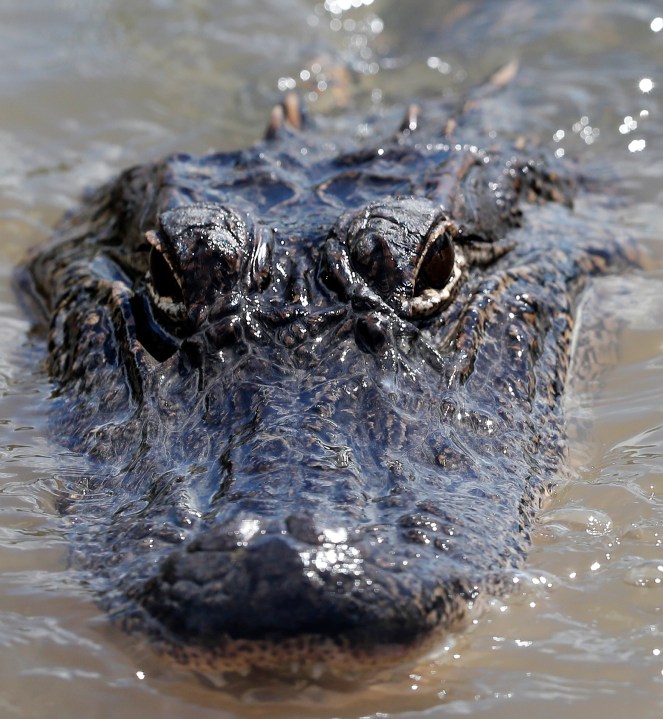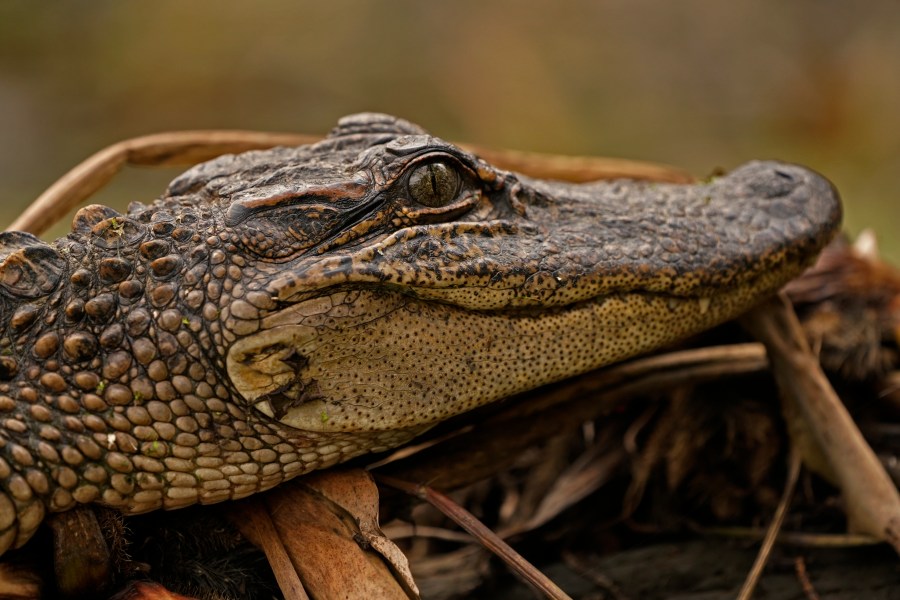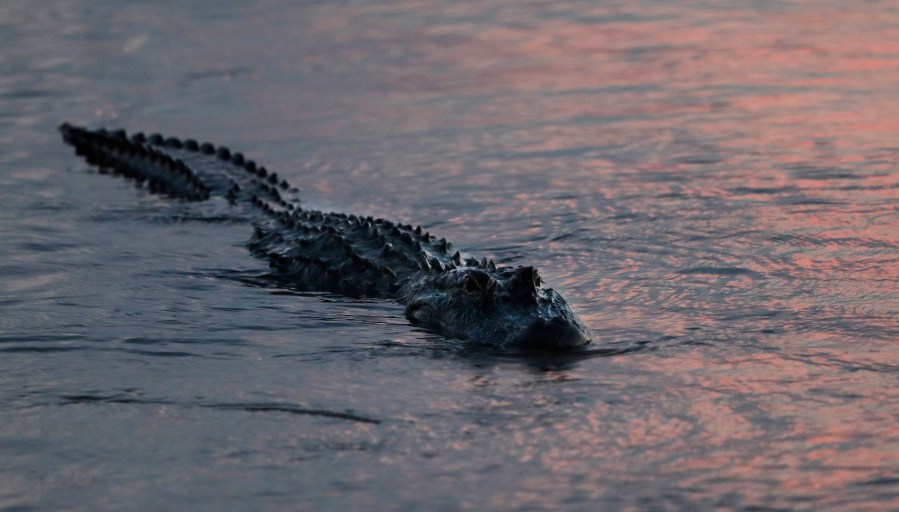NEW ORLEANS (AP) — In the Trump administration’s last days, the U.S. Fish and Wildlife Service proposed a change to rules protecting alligators – a change that opponents consider an end run around the chance that Louisiana might lose a federal court challenge to California’s ban on alligator products.
The government is taking comments until March 22 on the proposal to remove 12 words that let states regulate sales or transfers of “any American alligator specimen” within their boundaries.
The Louisiana Department of Wildlife and Fisheries supports the change and credits the great armored lizard’s comeback largely to private conservation prompted by commerce. The proposed rule goes beyond a request by state Attorney General Jeff Landry to have gator hides exempted from control of states where sales take place.
But opponents say the proposal is an effort to boost the chances of lawsuits filed by state of Louisiana and companies in California, Florida and Texas against the state of California over its decision to ban the import and sale of alligator products.
Louisiana had no comment on that allegation.
Brendan Cummings, conservation director for the Center for Biological Diversity, said that while the proposed rule would “technically” affect only alligators, it could set a much broader precedent on the boundaries of state and federal wildlife management. The center is a nonprofit organization supporting California’s side of the case.
Under the present rule, “the feds set the floor but not the ceiling on protection,” Cummings said.
In Louisiana, landowners can charge alligator farmers who want to collect eggs from their land. That gives them a reason to keep marshes and swampland in good shape, helping a large number of species that are still endangered, threatened or being considered for listing under the Endangered Species Act, the state says.
Louisiana is arguing, however, that private landowners’ conservation efforts are largely responsible for the rebound of the American alligator and its removal from the endangered species list.
“California’s law will hinder these proven conservation methods and, in our view, violates federal law and the constitution,” the state Wildlife and Fisheries Department said in an emailed statement.
After generations of unregulated hunting, alligator numbers had dropped precipitously in the mid-1900s. Alabama barred hunting them in 1941. Florida followed in 1961 and Louisiana in 1962. Federal protection began in 1967.
Louisiana estimates there are now 2 million wild alligators in the state and another 900,000 on alligator farms, which collect eggs from the wild and return 10% of the captive-raised reptiles once they’re big enough to have no wild predators.
The program has been so successful that about 1,000 “nuisance alligators” — gators that are more than 4 feet long and threaten people, livestock or pets — are removed each year in the state. Gators also show up on golf links during New Orleans’ PGA tournament.
American alligators are still listed as threatened to ensure regulation of products that could easily be mistaken for those from endangered Chinese alligators — the only other alligator species — or from crocodiles that also are endangered or threatened.
After years of exempting alligators from its ban on dealing in endangered or threatened species, California lawmakers in 2019 voted to ban importing or possessing “the dead body, or a part or product thereof, of a crocodile or alligator.” It was to take effect at the start of 2020.
Companies in California, Florida and Texas sued California. Louisiana — joined by a large landowner and a landowners’ association — filed a second suit, saying the ban could hurt alligator and crocodile populations by disrupting support for well-functioning conservation and regulatory programs that depend on sales of alligator products.
Chief District Judge Kimberly J. Mueller combined the two lawsuits and has halted enforcement of California’s law while the case is in court. The current schedule calls for a motion requesting a decision without a full trial to be filed by April 30, with the last of several additional briefs due by July 30.










